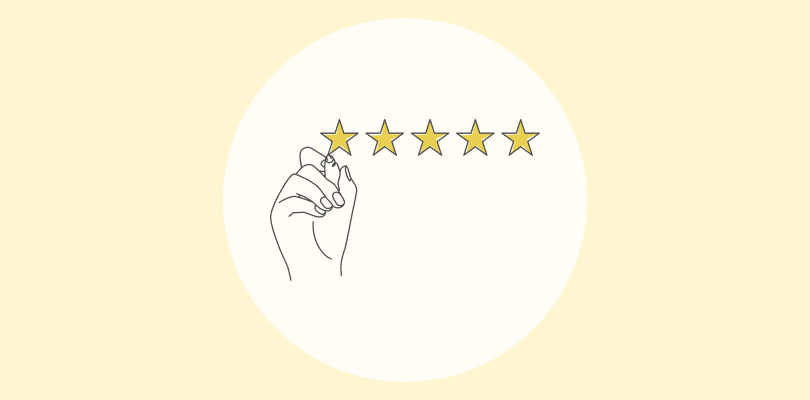“Dear Diary,
It’s that time of year again. Performance reviews are looming, and the anxiety is creeping in. Will they mention my coffee addiction? Or, worse, that time I replied-all to an embarrassing email?”
If your employees still feel this way before reviews, something’s wrong. Or maybe you’re doing it the old way.
So, what’s the right way?
After spending nearly two decades supporting organizational growth in corporate organizations, I’ve seen businesses transform their review process with the right tools and software.
But how to choose performance review software that actually works for your business?
In this guide, I’ll walk you through everything—from understanding the types of performance reviews to picking the perfect tool for your team.
Let’s dive in.
What Is an Employee Performance Review?
An employee performance review is a structured evaluation where managers assess an employee’s work performance over a specific period.
It’s like a report card but for grown-ups—measuring achievements, areas for growth, and setting goals. These reviews are crucial for aligning employee contributions with company objectives.
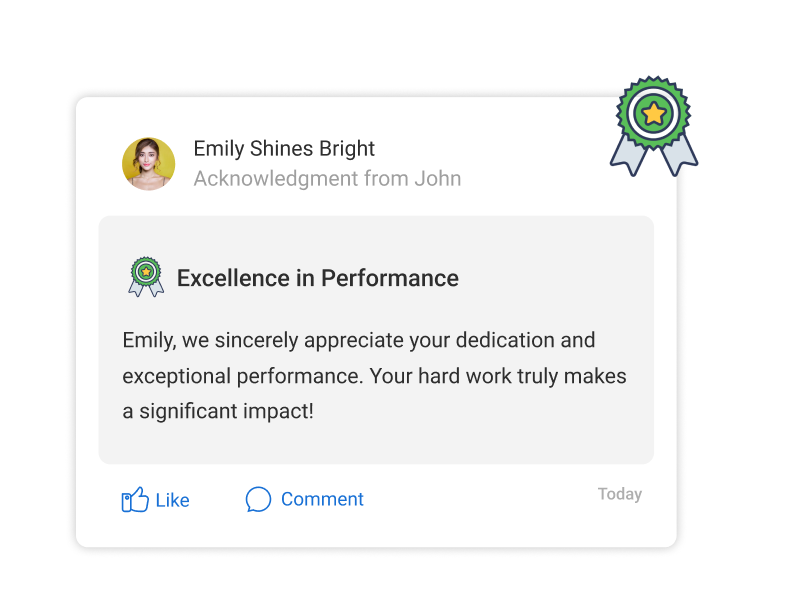
For example, imagine a sales associate who consistently hits targets but struggles with team communication. A performance review highlights their wins while identifying training opportunities to improve collaboration.
Done right, it’s not just paperwork—it’s a two-way conversation that boosts growth, motivation, and company success. After all, feedback keeps us moving forward, not in circles.
What Are the Types of Performance Review & Appraisal Software?
When it comes to performance review and appraisal software, there’s no one-size-fits-all solution. Different tools work for different goals—some focus on numbers, others on feedback, and a few even make the process feel less like a chore.
Let’s break it down into simple types:
1. 360-Degree Feedback Tools
Think of this as the “all-around” feedback tool. It gathers input from everyone—managers, peers, subordinates, and even self-reviews.
It’s like when you get a full-circle reality check—good, bad, and everything in between. This is perfect for understanding how an employee fits into the team.
2. Goal and OKR-Based Software
This type is for the target-setters and achievers. These tools let you define goals (or OKRs—Objectives and Key Results) and track progress.
It’s like having a fitness tracker but for work goals. Did we hit our targets or just circle around them? This keeps everyone focused and aligned.
3. Continuous Performance Management Software
Gone are the days of once-a-year reviews. This software enables regular check-ins, feedback loops, and real-time updates. It’s a bit like a GPS—you know where you’re headed, and you make course corrections as you go.
4. Ratings and Scoring Tools
These tools simplify reviews by scoring performance on key metrics. Think of it like grading a test—but don’t worry, it’s less scary than it sounds. It gives managers an easy way to evaluate and compare employee contributions.
5. Competency-Based Systems
Here, it’s all about skills. These tools help assess what competencies employees have and which ones they need to develop. It’s like creating a “skills report card” that helps guide training and development efforts.
6. Self-Assessment Software
In this, employees rate their own performance and reflect on their work. It’s like looking in the mirror and saying, “Okay, how did I really do this time?” Great for promoting accountability and self-awareness.
7. Performance Analytics Software
For those who love data, this type dives into reports, trends, and metrics. It answers questions like, “Who’s the top performer?” or “Where do we need improvement?” It’s a numbers-driven approach to decision-making.
8. Hybrid Systems
These combine multiple features, such as 360 feedback, goal tracking, and analytics, into one package. It’s like having an all-in-one tool for performance management.
Also Watch:
How to Choose Performance Review Software for Your Employees
Whether you’re looking to streamline reviews, improve feedback, or track performance, the right tool can save time and boost results. Here’s how you can find the perfect fit for your team.
1. Identify Your Organization’s Needs
Before you start hunting for software, figure out the gaps in your current performance review process. Do you want to automate manual tasks, improve feedback quality, or track performance trends over time? Your needs will determine what features to look for.
Example:
Imagine you run a 50-person team, and your reviews are all on Excel. It’s a nightmare to track performance over months, and feedback often feels rushed or incomplete. In this case, you’d prioritize software with automated feedback reminders, performance tracking dashboards, and customizable review templates.
2. Set a Budget
Performance review tools can range from affordable options to high-end solutions, so it’s important to define your budget early. Think about the ROI—whether it will save you hours of manual work or help retain top talent. That alone might justify the investment.
Example:
If you’re a growing company with limited funds, software like PeopleGoal might work since it offers affordable plans and basic but solid features. On the other hand, a large enterprise with big budgets might consider a full-suite option like BambooHR.
3. List Must-Have Features
Identify the features you absolutely need versus those that would be nice to have. Goal-setting, feedback forms, reporting tools, and self-assessment options are usually top priorities.
Example:
Let’s say you need quarterly performance goals to align with company strategy. A tool with goal-setting and tracking features would be essential. However, 360-degree feedback might be a “nice-to-have” for now.
4. Check for User-Friendliness
The software won’t be useful if your team finds it too complicated. Look for an intuitive interface, easy navigation, and minimal training requirements to ensure it gets adopted.
Example:
You try a demo of two tools. One feels like rocket science, while the other lets managers set goals and request feedback in just a few clicks. Guess which one your team will actually use?
5. Test for Customization and Flexibility
Every company’s review process is different, so the tool needs to adapt to your workflow. Look for customizable review templates, flexible feedback cycles, and scoring methods.
Example:
Suppose you want performance reviews every six months but also need monthly check-ins. A rigid tool that only supports annual reviews won’t work. Instead, you’d need software that allows flexible scheduling.
6. Evaluate Reporting and Analytics
A good tool provides data to identify trends, high performers, and areas for improvement. Look for meaningful insights and easy-to-understand reports that help you make better decisions.
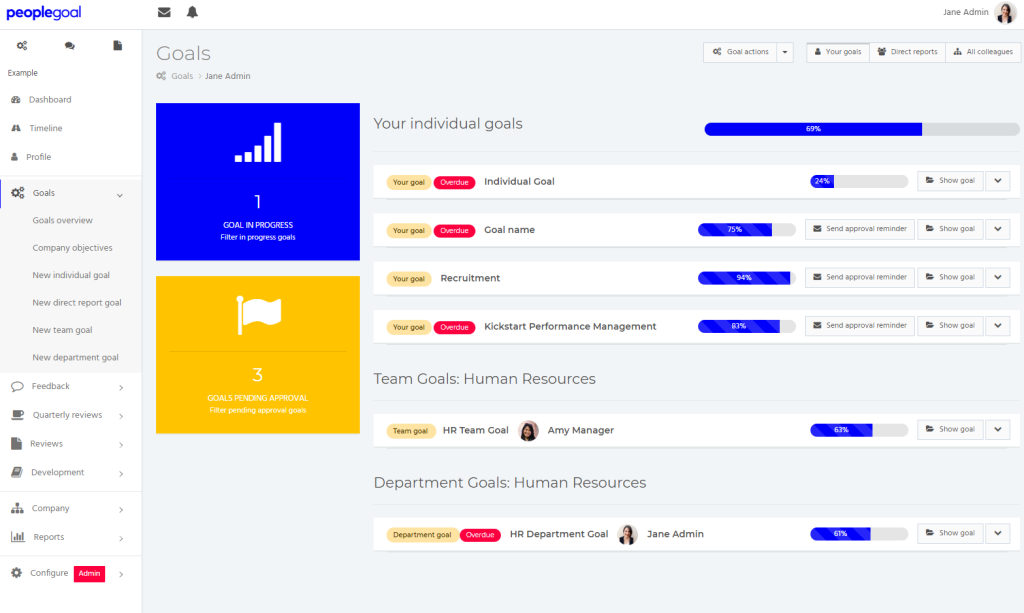
(Image Source: Software Advice)
Example:
If your goal is to reduce turnover, you’d need reports that highlight underperforming teams, recurring feedback trends, or signs of disengagement. Software like PeopleGoal offers clear performance dashboards with visual insights.
7. Look for Integration with Existing Tools
The software should work seamlessly with platforms you already use, like Slack, HR systems, or project management tools, to make things more efficient.
Example:
If you use Slack for team communication, having performance updates pushed directly into Slack can save tons of back-and-forth. Tools like Leapsome provide this level of integration.
8. Check for Scalability
Your company will grow, and your performance review software should grow with it. It should handle a growing team and evolving needs without breaking a sweat.
Example:
A startup with 20 employees might not need advanced features now, but as you scale to 200 people, tools like PeopleGoal can support role-based access, advanced reporting, and other capabilities.
9. Review Support and Training Options
Even the most user-friendly tools can have a learning curve. Solid customer support, onboarding help, and training resources can make implementation a lot smoother.
Example:
Imagine implementing a new tool and getting stuck halfway through setting up feedback cycles. Quick live support or how-to videos can save you from frustration and keep everything on track.
10. Test Before You Commit
Always test the software before making a final decision. Free trials or demos let you see if it’s a good fit and whether your team actually enjoys using it.
Example:
You narrow it down to two tools. After testing both with a small team for a week, you realize one feels clunky while the other works like a charm. That trial saved you from choosing the wrong tool.
How Does an Employee Performance Review Tool Work?
An employee performance review tool is like a smart organizer that helps businesses track, evaluate, and improve their employees’ work. Here’s how they work:
1. Set Clear, Actionable Goals for Focused Performance
The process often starts with setting goals. Managers and employees sit down and decide what success looks like—both short-term and long-term. Tools like this allow you to set SMART goals (specific, measurable, achievable, relevant, and time-bound).

Example: Imagine Sarah, a sales rep, needs to close $100,000 in sales this quarter. The tool lets her manager input this as her target and set milestones to monitor her progress.
2. Provide Continuous, Real-Time Feedback to Drive Improvement
Gone are the days of waiting for the annual review. Modern tools allow for ongoing feedback so employees know how they’re doing in real-time. Managers can leave notes, offer praise, or suggest areas for improvement whenever needed.
Example: Sarah’s manager might leave a quick note after a successful client meeting, saying, “Great job handling tough questions! Keep it up for the next round.”
3. Promote Self-Assessment for Employee Accountability
Employees often get to reflect on their own performance by answering questions like:
- What achievements are you proud of?
- What challenges did you face?
This helps employees take ownership of their growth and performance.
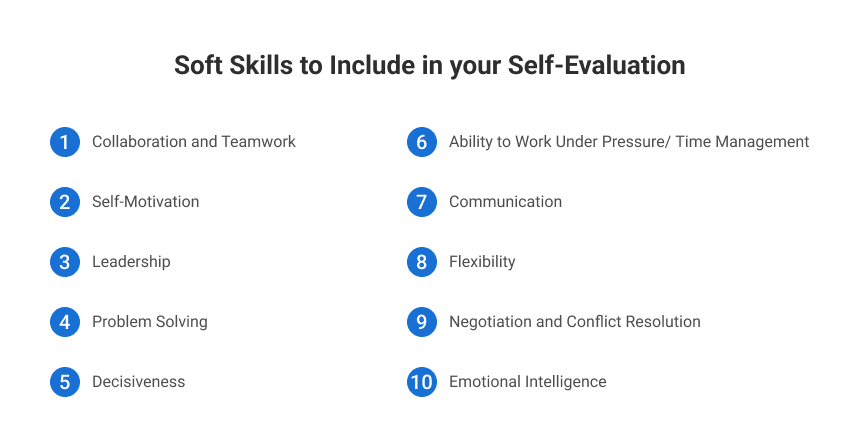
Example: Sarah logs in and writes, “Closed three deals this month but struggled with one client’s objections. I’d like to work on my negotiation skills.”
4. Structure Manager Evaluations for Fair Assessments
Managers then evaluate the employee’s performance based on predefined criteria. Most tools offer rating scales (like 1-5 stars) or customizable categories like:
- Job knowledge
- Teamwork
- Communication skills
This ensures the review is fair and structured.
Example: Sarah’s manager rates her a 4/5 on “sales skills” but a 3/5 on “problem-solving,” offering specific reasons and examples.
5. Incorporate 360-degree Feedback for Well-Rounded Insights
Some tools include 360-degree feedback, where peers, subordinates, and even customers provide input. This gives a well-rounded view of an employee’s performance.
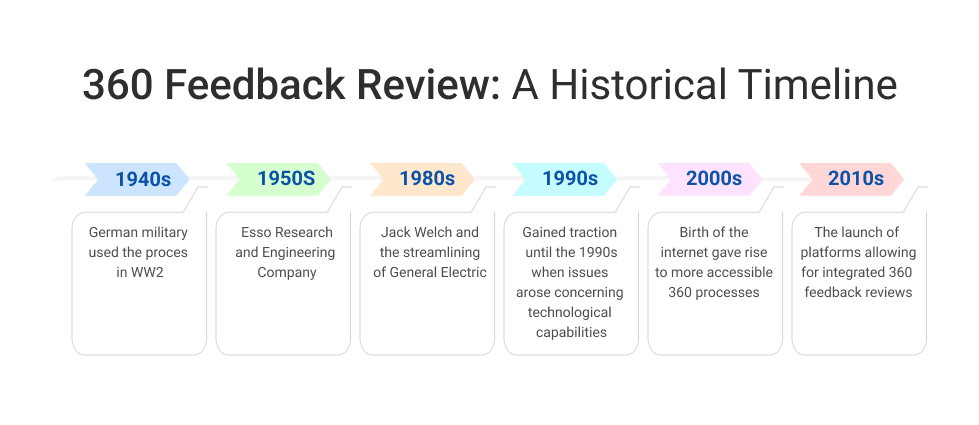
Example: Sarah’s teammate adds, “She’s fantastic at motivating the team and sharing strategies during group calls.”
6. Generate Detailed Performance Reports for Structured Discussions
The tool generates detailed reports that summarize an employee’s progress, strengths, and areas for improvement. These reports can be shared during one-on-one meetings or team reviews.
Example: Sarah’s performance report highlights her 90% achievement of the sales goal and notes training suggestions for negotiation skills.
7. Develop Actionable Growth Plans for Continuous Development
The last step is creating an action plan. This could involve setting new goals, enrolling in training programs, or addressing weaknesses.
Example: Sarah and her manager agree on a plan: “Attend a sales negotiation workshop and aim for a $120,000 target next quarter.”
Also Watch:
What Are the Benefits of Performance Review & Appraisal Tools?
Some of the major benefits of performance review and appraisal tools are as follows:
- Streamline Performance Management to Save Time and Effort
Performance review tools simplify the entire process of evaluating employees. Instead of juggling spreadsheets and documents, you can manage everything in one place.
These tools automate tedious tasks like tracking goals, compiling feedback, and generating performance reports. It’s like putting your performance management on autopilot while ensuring accuracy and consistency.
- Provide Specific and Actionable Feedback for Employee Growth
With appraisal tools, feedback becomes specific, structured, and timely. Employees don’t just hear vague comments like “good job” or “needs improvement.”
Instead, they get detailed feedback tied to their goals and performance metrics. This helps employees understand exactly where they stand and what steps they can take to improve.
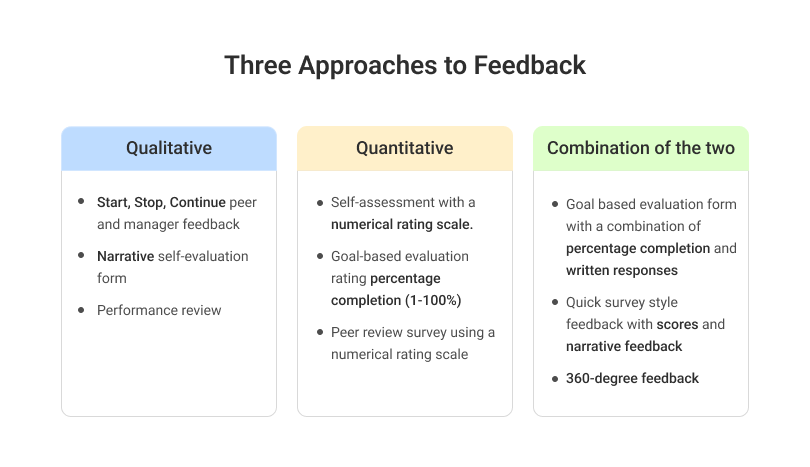
- Recognize Achievements to Boost Motivation and Morale
Performance tools create opportunities to recognize achievements and reward progress. When employees see their efforts being noticed, they feel more valued and motivated.
It’s not just about pointing out areas of improvement—it’s also about celebrating wins, big or small.
- Align Personal Goals with Company-Wide Objectives
Appraisal tools bridge the gap between company goals and individual efforts. They make it easy to set SMART goals that align with the broader mission.
Employees can see how their contributions drive the organization forward, which fosters a sense of purpose and direction.
- Automate Reporting to Eliminate Errors and Save Hours
Manual reporting is time-consuming and error-prone. Performance tools automatically generate detailed reports based on real-time data, making reviews quicker and more accurate.
HR teams can focus more on strategy and less on crunching numbers. Plus, these reports offer valuable insights into trends, strengths, and areas for growth.
- Standardize Reviews to Improve Fairness and Transparency
These tools eliminate guesswork and bias in performance reviews. By using standardized evaluation criteria and real data, appraisals become fairer and more objective.
Employees gain confidence in the process, knowing their performance is assessed based on facts, not opinions.
- Enable Continuous Feedback for Consistent Improvement
Rather than waiting for annual reviews, performance tools encourage ongoing feedback and development. Regular check-ins, progress tracking, and personalized improvement plans keep employees on track.
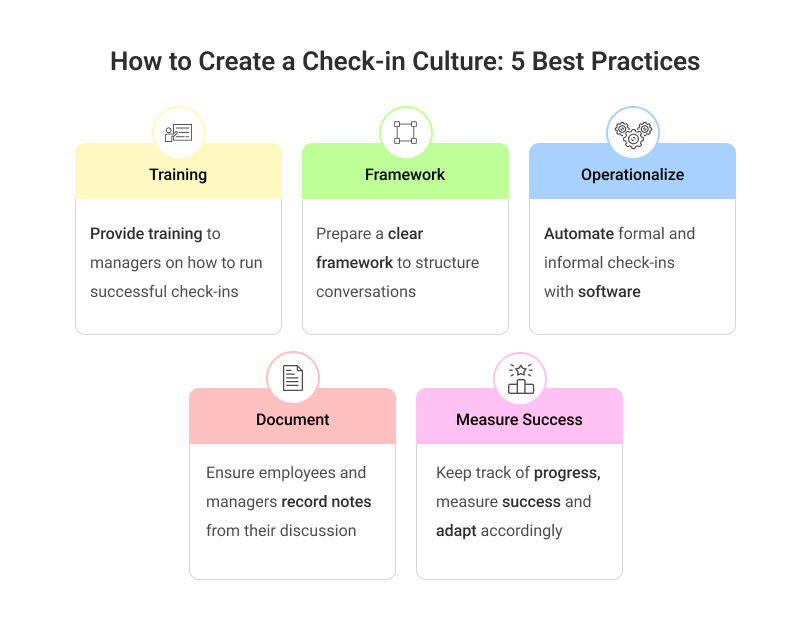
This approach makes performance management a year-round activity, not just a one-time event.
- Identify Skill Gaps to Drive Employee Development
Performance review tools go beyond evaluation—they focus on growth. They help identify skill gaps, training needs, and career development opportunities.
With clear insights, HR teams can create personalized learning plans that empower employees to reach their full potential.
- Reduce Turnover by Improving Engagement and Retention
When employees receive regular, meaningful feedback and development opportunities, they are more likely to stay.
Performance tools help you build a culture of growth, recognition, and fairness, which reduces turnover and increases loyalty.
- Use Real-Time Data to Make Better Business Decisions
Performance tools provide HR teams and managers with valuable data to make informed decisions.
Whether it’s identifying top performers, allocating resources, or planning promotions, these tools ensure decisions are backed by measurable performance data, not gut feelings.
3x Productivity With Smart Performance Review Software
Boosting employee productivity with smart performance review software isn’t just a bold claim—it’s a reality when you use tools designed to streamline and enhance your review process.
These solutions help eliminate manual inefficiencies, provide valuable insights, and empower teams to stay aligned with organizational goals. By automating feedback workflows and improving transparency, performance reviews become less of a burden and more of a tool for growth.
When considering such tools, it’s important to know how to choose annual performance review software that fits your organization’s unique needs and goals. Selecting the right software ensures that your review process is effective, efficient, and aligned with your company’s objectives.
In fact, a good employee performance management and review platform like PeopleGoal makes it easier with its features like goal tracking, customizable review templates, and automated reporting. Such tools enable you to deliver effective, performance-driven reviews seamlessly.
Learn More About Performance Review Software
How can I implement performance review software in my organization?
To implement performance review software, you can start by identifying your organization’s specific needs—like goal tracking, feedback cycles, or reporting. Pick user-friendly software that aligns with these requirements. Next, train managers and employees to use the tool effectively. Finally, integrate it with your existing systems and periodically gather feedback to ensure smooth adoption.
What is the difference between performance review software and a performance management program?
Performance review software evaluates employee performance during specific review periods, often through feedback and ratings. A performance management program, however, is broader, emphasizing continuous processes like goal-setting, coaching, and development tracking throughout the year. While software supports evaluations, a program fosters long-term performance improvement and growth.
Ready to 3x Your Teams' Performance?
Use the best performance management software to align goals, track progress, and boost employee engagement.
![What Is EPM Software? [Detailed Guide + Best Tools]](https://www.peoplegoal.com/blog/wp-content/uploads/2025/03/New_enterprise-performance-management-software.png)
![A Detailed Guide on Employee 360 Feedback Software [+List of Tools]](https://www.peoplegoal.com/blog/wp-content/uploads/2025/02/Best-360-Feedback-Software_.png)

